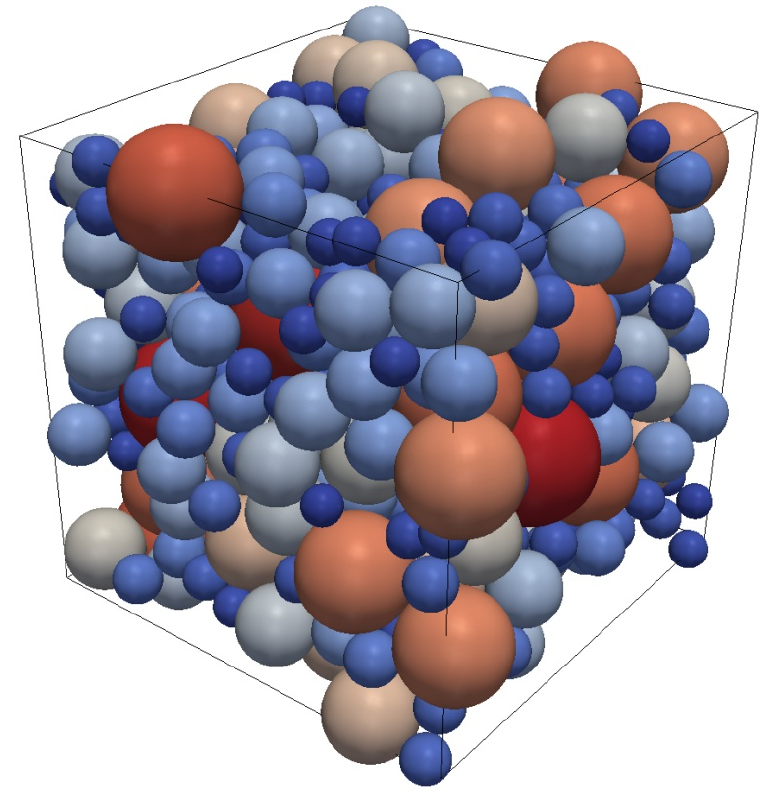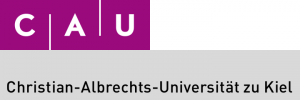C2
Flow mixing, heat transfer and chemical reaction in packed and moving bed reactors

Fixed and moving bed reactors are important unit operations in chemical and energy process engineering. Examples are packed bed catalytic reactors, domestic pellet stoves, shaft kilns for the calcination of limestone or magnesite or grate firing systems (moving beds). C2 will concentrate on a shaft system as a generic experiment to address the aspects of gas phase mixing, particle and gas phase heat transfer and reactions, and particle movement. In funding period 1, we will start with a fixed bed experiment, a shaft kiln, neglecting chemical reactions and particle movement.
For shaft kilns it is very common that the particles are heated by injecting a jet of fuel and air, which subsequently react with each other. Depending on the process, the gases are supplied through different lance systems, typically from the side (radial direction) of the reactor. The fuel jets mix with the main, axial flow of (typically preheated) air and the fuel burns inside the voids between particles, heating the bed through conduction, convection and radiation.
We aim to investigate how the penetration and spatial dispersion of the gas jet depends on the initial jet velocity, the ratio of jet volume and momentum flow to axial volume and momentum flow, the particle size, and the void fraction of the bed. The aim of this project is to provide an experiment, which enables the investigation of the physical phenomena in the fixed bed (e.g. mixing, radiative and convective transport) in an isolated way (e.g. by injecting cold or preheated gases) and compare the findings with computer model simulations. The collected data will be used for validation and to analyse and quantify the errors of different averaging approaches used in DEM/CFD modelling. This will be done in close collaboration with project C5. The final goal is to understand the heating of the bed, to understand the temperature variations in the bed, and to assess the accuracy and applicability of existing models to describe these processes.
This research will prepare for the second funding period, in which reactive flows will be considered. The knowledge of the gas jet penetration depth, which is indicative of where the gas flame is established, will be investigated in this funding period.



